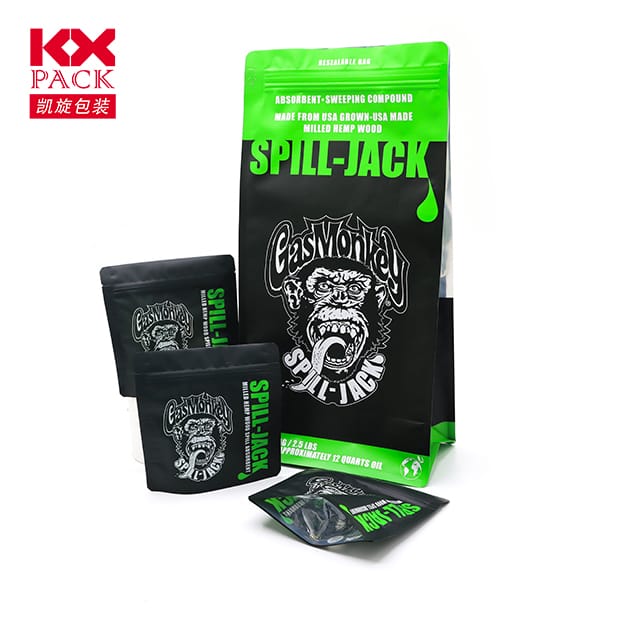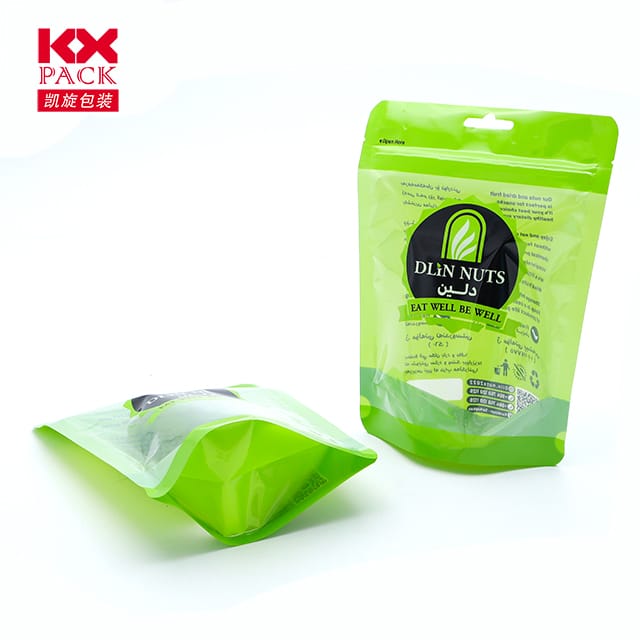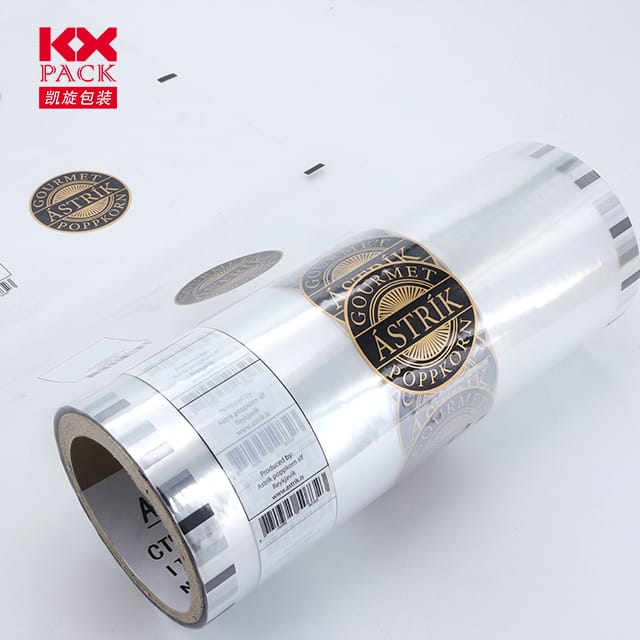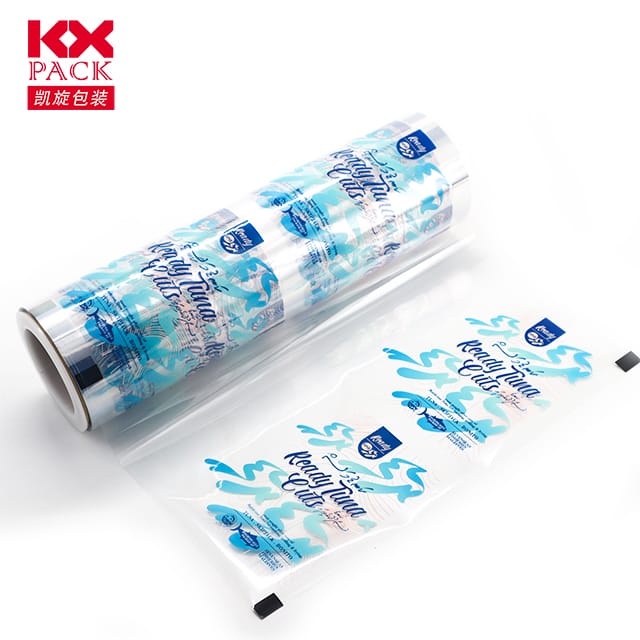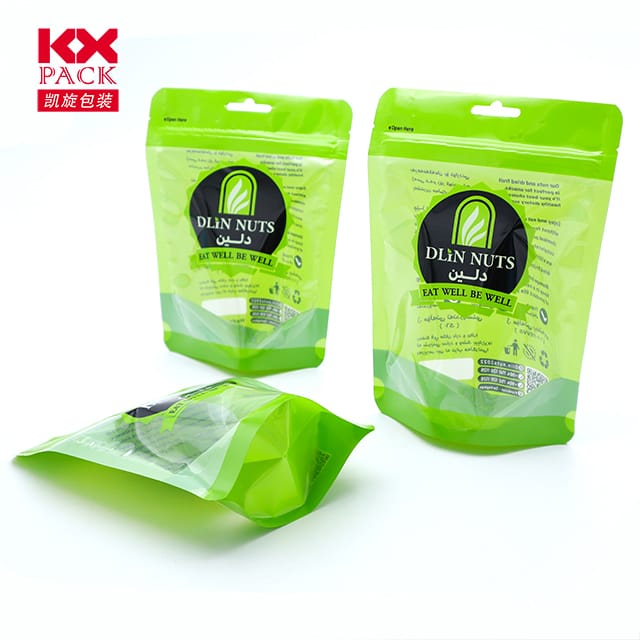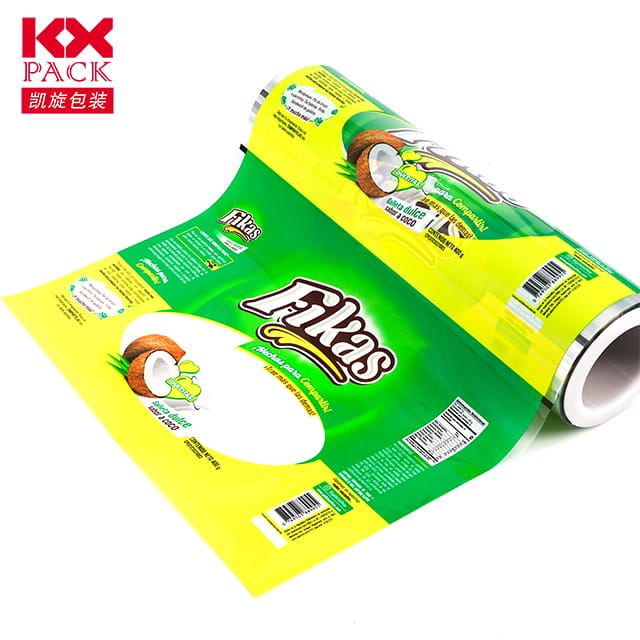Evolusi dan masa depan film plastik untuk kemasan: Menyeimbangkan inovasi dan keberlanjutan
Film plastik untuk kemasan
In the dynamic landscape of modern packaging, Film plastik untuk kemasan have emerged as indispensable materials, merevolusi industri dari pangan dan farmasi hingga pertanian dan konstruksi. Mereka ringan, tahan lama, dan sifat hemat biaya telah menjadikan mereka landasan rantai pasokan global. Namun, sebagai masalah lingkungan meningkat, Sektor pengemasan menghadapi tantangan kritis: reconciling the functional benefits of plastic films with the urgent need for sustainability.
1. The Versatility of Plastic Films in Packaging
Plastic films, includingpolietilen (pe), polipropilen (PP), poliester (MEMBELAI), and polyamide (PA), dominate the packaging market due to their unique properties:
- PE Films: Known for flexibility and moisture resistance, LDPE (low-density polyethylene) is widely used in shopping bags and agricultural mulch, while HDPE (high-density polyethylene) excels in heavy-duty applications like garbage bags.
- PP Films: With excellent chemical resistance and heat sealability, Bopp (Polypropylene berorientasi biax) is a staple in snack packaging and labels.
- PET Films: Celebrated for their transparency and barrier properties, PET films are critical for preserving food freshness and protecting electronics.
- Barrier-Enhanced Films: Inovasi seperti silicon oxide-coated PET atau multi-layer composites (MISALNYA., PET/AL/PE) offer superior gas and moisture barriers, extending shelf life for perishables like coffee and meat.(Film plastik untuk kemasan)
These materials not only safeguard products but also enable efficient logistics through their lightweight design, reducing fuel consumption during transportation.
2. The Environmental Imperative: Rethinking Plastic Films
Despite their advantages, traditional plastic films pose significant environmental risks. Single-use plastics, particularly in e-commerce and fast food, contribute to marine pollution Dan microplastic contamination. Reports estimate that by 2030, global plastic consumption could exceed 7 billion tons annually, with a staggering 50% ending up in landfills or ecosystems.(Film plastik untuk kemasan)
Tantangan utama meliputi:
- Non-Biodegradability: Conventional plastics persist for centuries, harming wildlife and ecosystems.
- Recycling Hurdles: Multi-layer composites (MISALNYA., PET/AL/PE) are difficult to recycle, often ending up in incinerators or landfills.
- Regulatory Pressure: Governments worldwide are imposing bans or taxes on single-use plastics, urging industries to adopt alternatives.(Film plastik untuk kemasan)
3. Inovasi Mendorong Keberlanjutan
To address these challenges, the packaging industry is investing ineco-friendly solutions:
- Film biodegradable dan kompos: Bahan seperti PLA (Asam Polylactic), derived from renewable resources, decompose within months under industrial composting conditions.(Film plastik untuk kemasan)
- Recyclable Monomaterials: Advances in mono-material PP or PE films simplify recycling by eliminating incompatible layers.
- Barrier Coatings from Renewable Sources: Water-based coatings or nanocellulose layers reduce reliance on petroleum-based barriers.
- Film Cerdas: UV-activated, oxygen-sensitive films enhance product safety while minimizing waste.
4. Jalan ke Depan: A Call for Collaboration
Achieving a sustainable future for plastic films requires amulti-stakeholder approach:
- Industry: Prioritize R&D into circular materials and design for recyclability.
- Konsumen: Embrace reusable packaging and support brands committed to sustainability.
- Governments: Enforce strict eco-design standards and invest in recycling infrastructure.
- Innovators: Explore alternatives like bamboo-based composites atau edible films for niche applications.
Kesimpulan: Striking a Balance
Plastic films for packaging remain irreplaceable in safeguarding products and reducing waste in supply chains. Namun, their future hinges on innovation and responsible stewardship. By embracing biodegradable materials, recyclable designs, and circular economy principles, the industry can mitigate environmental impact while continuing to meet global demand.
As consumers and businesses increasingly prioritize sustainability, the evolution of plastic films will be a testament to human ingenuity—proving that progress and environmental care can go hand in hand.
What are your thoughts on the future of plastic packaging? Share your insights in the comments below! 🌍📦💡

